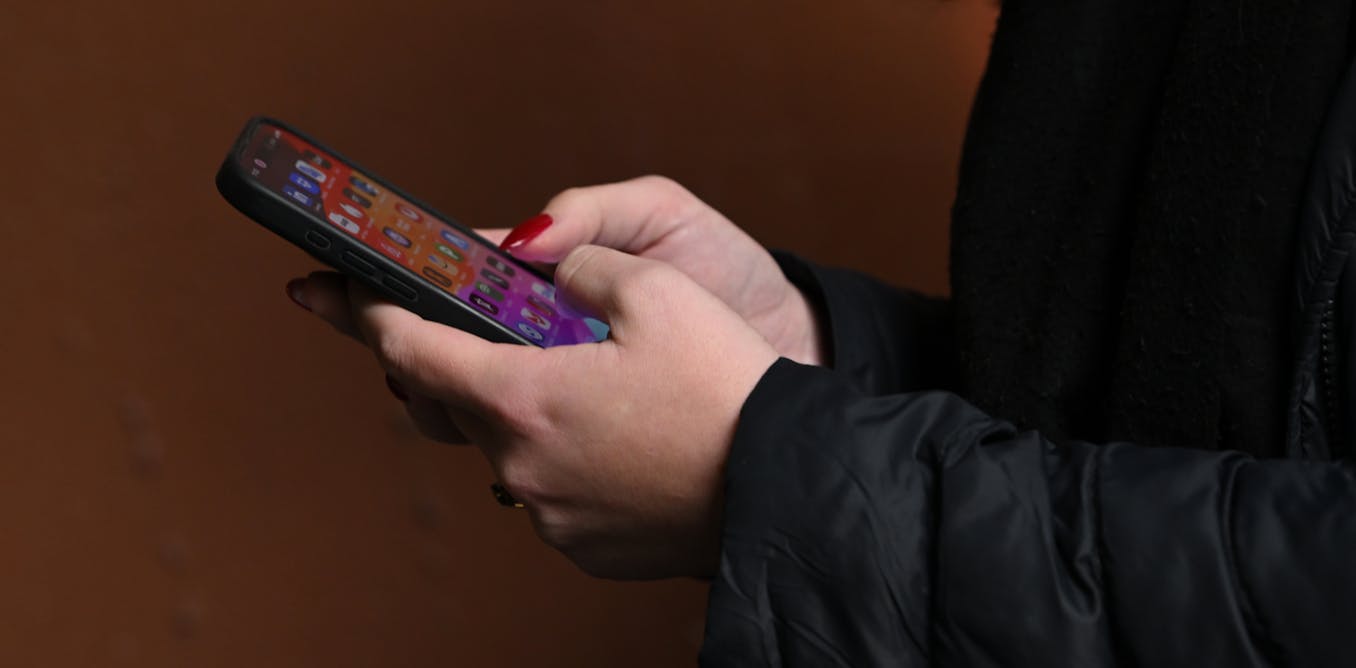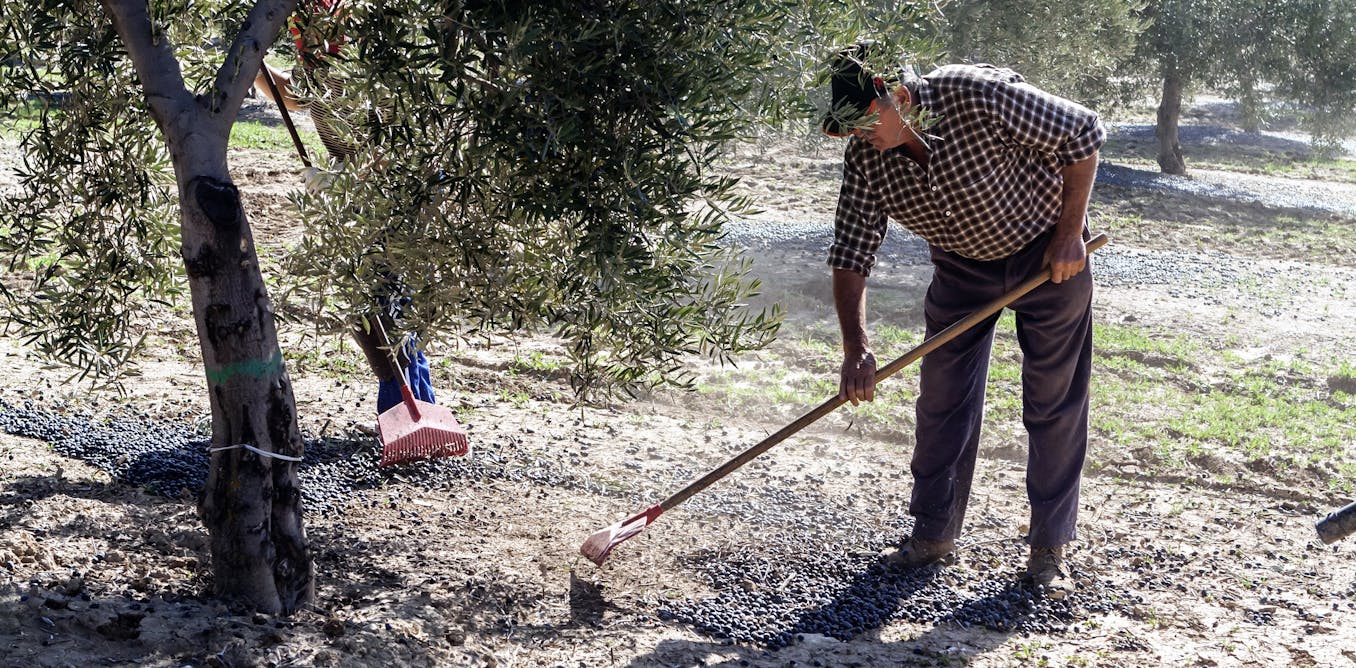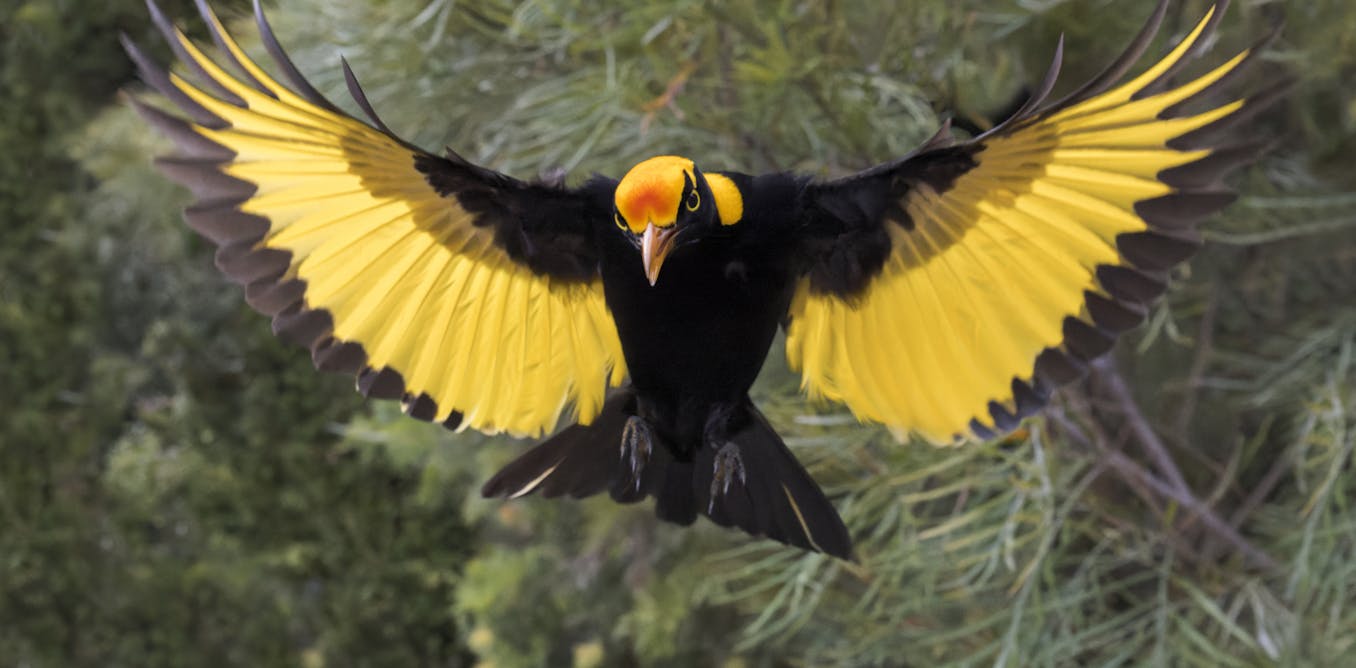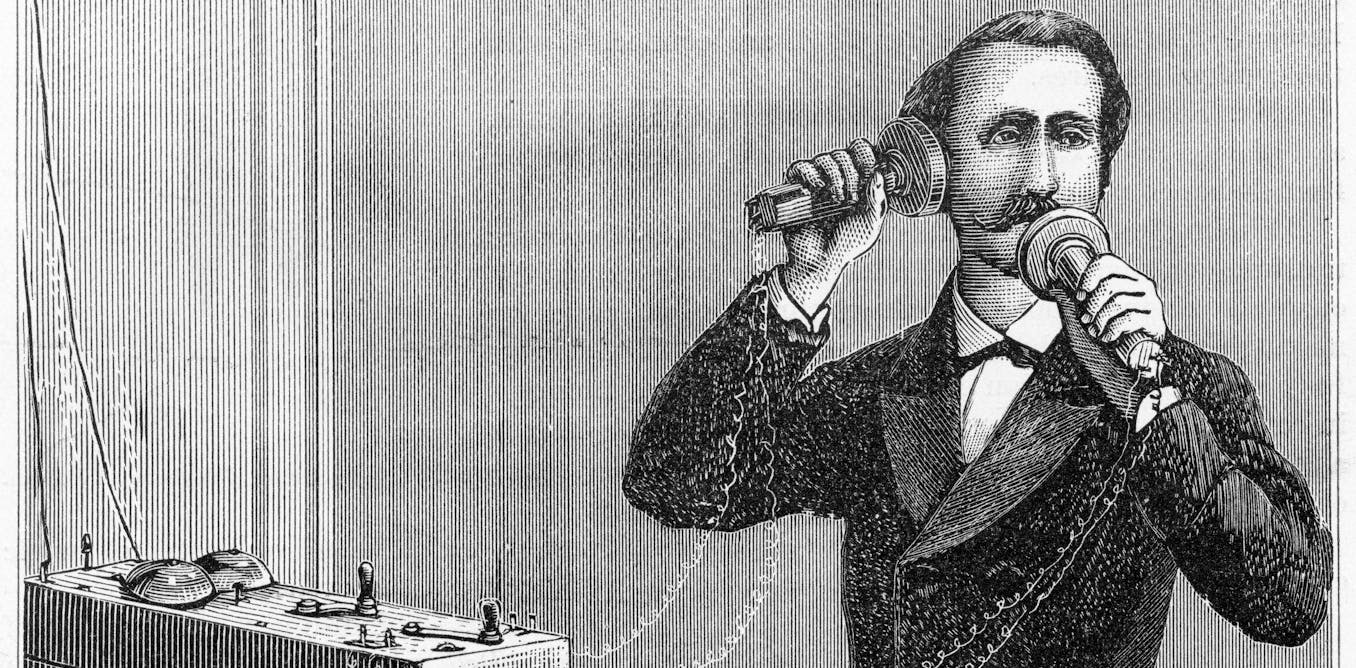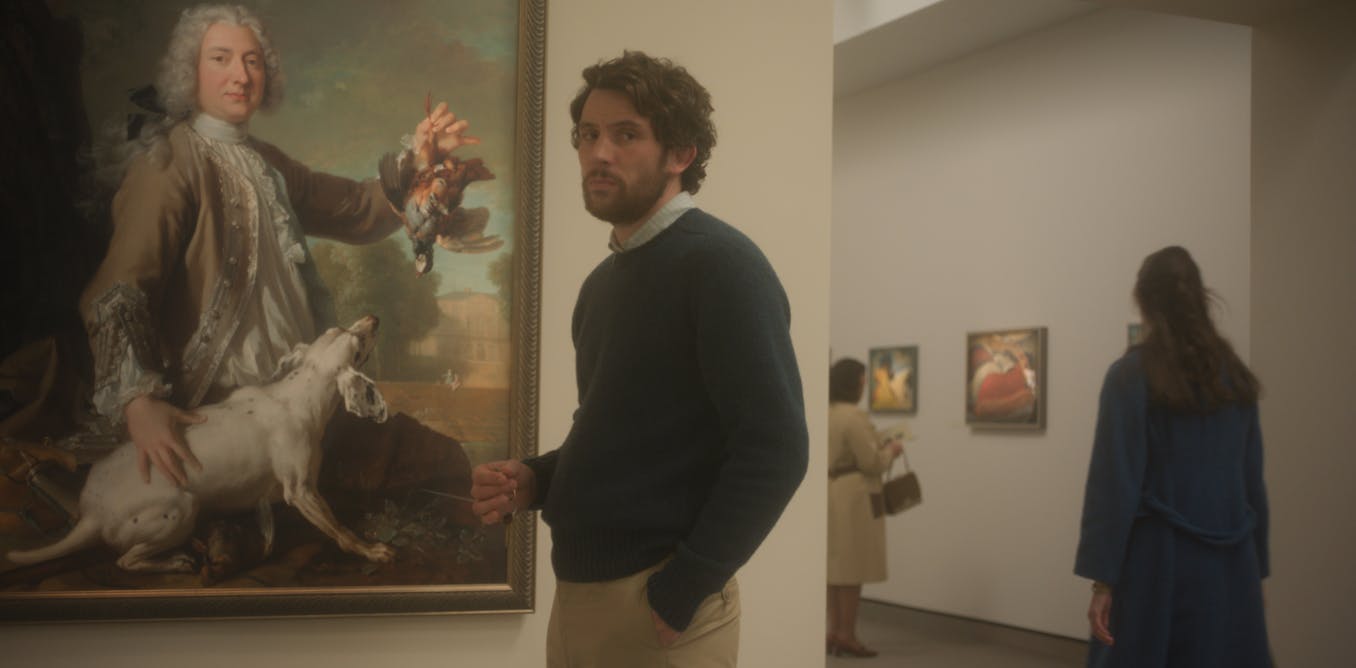Another year, another movie with a shark in the leading role.
The new French thriller film Under Paris is currently ranked second in Australia’s Top 10 list and has broken records as one of Netflix’s most watched non-English films. It follows a giant shark that appears in Paris’s Seine river, seemingly out for blood.
For decades, filmmakers have placed sharks alongside some of the biggest names in Hollywood, including Blake Lively, Jason Statham and Roy Schneider. Shark movies can make hefty profits, too. The Meg (2018) made more than US$157 million globally (about A$235 million).
But the shark “characters” in these films are far from something to be admired or appreciated. Indeed, the film industry has helped galvanise a kind of collective villainisation of these creatures.
As was neatly summarised in a paper published in the journal Marine Policy:
contemporary narratives widely presented in popular mainstream media have attached an utterly negative connotation to sharks, propagating an unsubstantiated and fabricated image of them as voracious predators.
The effects of these narratives can linger long after viewers have left the cinema.
Jaws, the start of it all
While it’s often thought Steven Spielberg’s 1975 hit movies Jaws started the shark movie trend, there were a handful of similar prior examples, including
She Gods of Shark Reef (1958) and Shark! (1969).
That said, Jaws was certainly the first of these to become a blockbuster, with a gross worldwide earning of more than US$470 million (about A$704 million). For the few who haven’t seen it, the film is based on a white shark shown to be intentionally hunting and eating people at a seaside American tourist town.
In 2014, social scientist Christopher Pepin-Neff proposed a phenomenon called the “Jaws effect” which suggests people’s beliefs about sharks today – and even Australian policies concerning shark bite mitigation – can be linked back to this storyline.
These beliefs, Pepin-Neff says, include the idea that sharks intentionally bite and hunt humans, that human-shark interactions always lead to fatal outcomes and that once a shark gets a taste for humans it needs to be culled so it won’t continue to seek out human prey.
Jaws may have not been the first shark movie, but it is arguably the biggest and likely influenced movies that followed.
Many shark films now include even larger sharks than the six-metre one depicted in Jaws. Under Paris, for instance, portrays a seven-metre mako, while the shark in The Meg is supposed to be some 23 metres (larger than what real megalodons were thought to be).
These films don’t seem to be letting up, either. There’s currently an “untitled shark thriller” being filmed in Australia, along with potential discussions of a sequel to Under Paris.
Fact or fiction?
Some elements of shark films are true to fact. For instance, the size of the shark in Jaws was factually accurate, as was the portrayal of an incident in which surfer Bethany Hamilton lost her arm to a tiger shark in Hawaii in the film Soul Surfer (2011). Even so, creative licence is used liberally in the “sharksploitation” subgenre.
Statistically, shark bites are very rare and have even been described by experts as “statistical anomalies”. In 2023, the Florida Museum of Natural History counted a total 120 shark bites globally, of which 69 were “unprovoked”.
These bites tend to occur in the United States and Australia, which makes them even rarer in other countries where sharks reside, such as New Caledonia, Brazil and Egypt. Unsurprisingly, no shark bites have occurred in the Seine. And only five unprovoked bites have been reported in France since 1580.
Nonetheless, research shows people are generally afraid of sharks and perceive the risk of shark bites as being higher than it is (in part due to media portrayals).
Sharks are apex predators in their ecosystems and their presence is essential for healthy oceans, so exaggerated portrayals in media are far from trivial. It is important the public views sharks as more than human-eating machines.
Are there any friendly fish films?
In 2021, I conducted an analysis of 109 shark movies and found only one which did not include any potentially threatening interactions with shark characters.
This was the Disney film Finding Dory (2016), which has a whale shark character named Destiny. Whale sharks are filter-feeding fish that pose little-to-no threat to humans. This may be why Destiny got a positive edit.
Despite this, the official trailer for the 2012 Norwegian film Kon-Tiki implies a whale shark is at one point attacking a boat. The full movie scene is less dramatic and emphasises the shark’s curious side, in a more true-to-life depiction. But it still shows the shark swimming quickly towards the raft, which is inaccurate since we know whale sharks swim very slowly.
Even in Finding Nemo (2003) and Shark Tale (2004), the “friendly”, “vegetarian” shark characters of Bruce and Lenny are covertly portrayed as potentially threatening.
In my recent analysis of 638 “creature features” films – a subgenre of horror movies featuring non-human creatures – I found sharks to be the most commonly depicted non-human species (with snakes and spiders not far behind).
Is it all bad news?
The saying “all publicity is good publicity” probably isn’t true in the case of sharks.
The trophy hunting of white sharks increased following the release of Jaws in 1975 – something Director Steven Spielberg himself says he “regrets”. And while it’s hard to say how much such portrayals have impacted the species’ image and conservation, we can expect they have.
We might find a silver lining in the fact Jaws also turned many people into shark fans and inspired a new wave of shark scientists. We’re also seeing the legacy of Peter Benchley, the author of the original 1974 Jaws novel, live on through the Peter Benchley Ocean Awards aimed at celebrating figures in ocean conservation.
Overall, however, negative portrayals continue to largely outweigh any positive or educational content. If only sharks had a really good PR team.
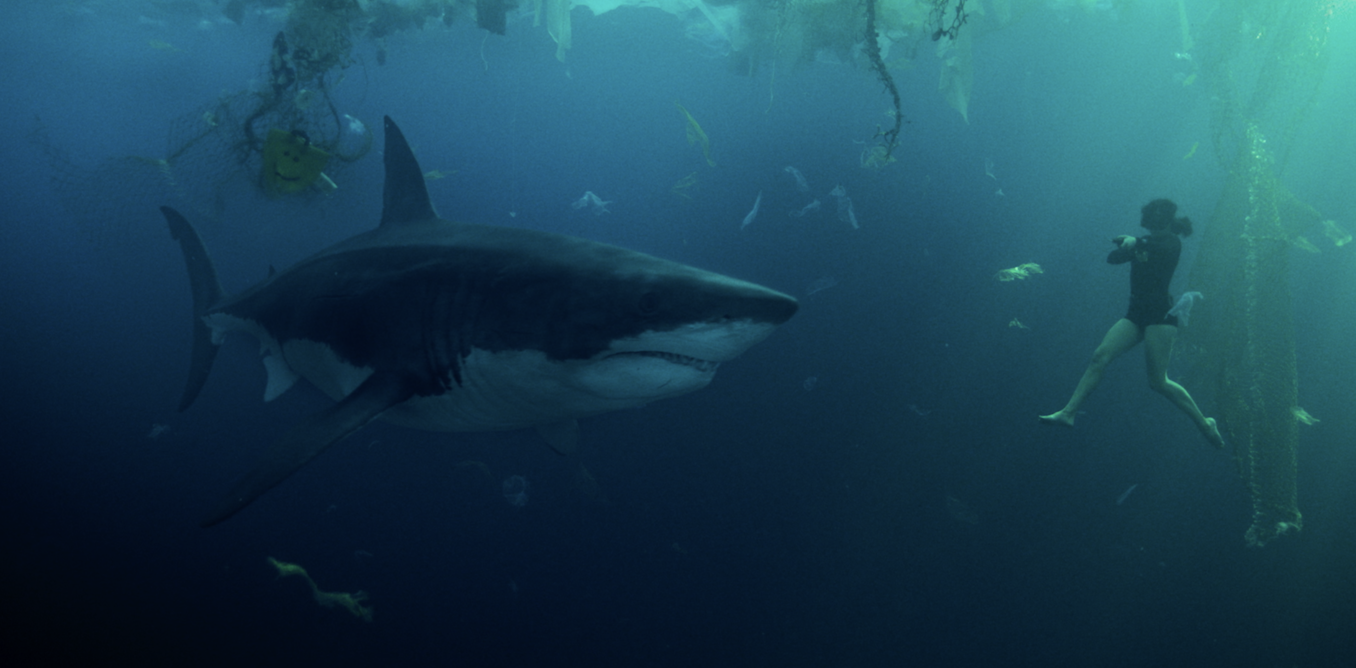
The post “A huge shark terrorises people in new French hit Under Paris. When will we stop villainising these animals?” by Brianna Le Busque, Lecturer in Environmental Science, University of South Australia was published on 06/20/2024 by theconversation.com



